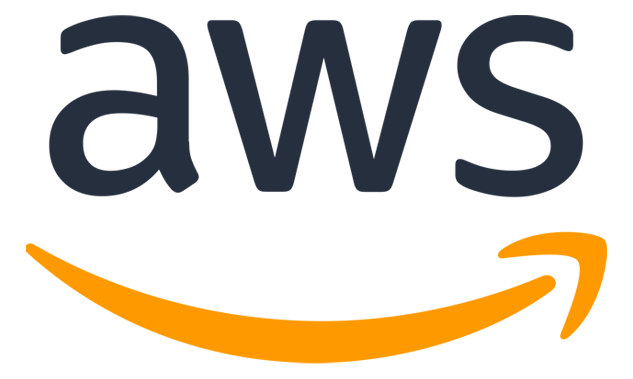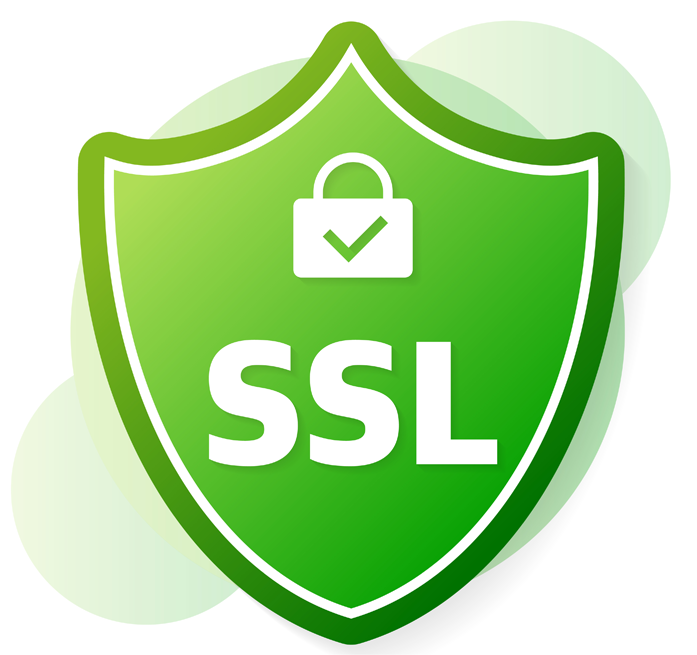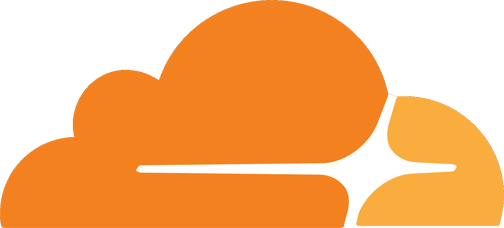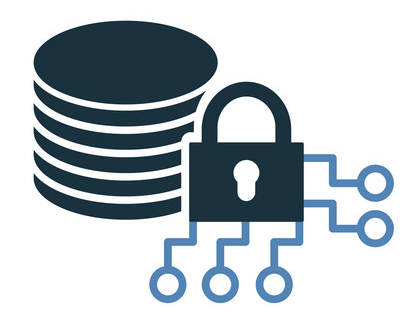Hospitals stay busy every single day. Doctors, nurses and staff need the right tools at the right time to care for patients quickly and safely. But when important tools like wheelchairs, beds or monitors go missing or take too long to find, patients wait longer and staff feel stressed.
Lost tools also cost hospitals a lot of money every year. That’s why a hospital equipment tracking system matters so much. It helps to keep track of every tool in real-time so nothing gets lost or forgotten.
By using smart tags and devices, hospitals can know where each item is, if it’s working and when it needs repair. This makes hospital work smoother, faster and safer for everyone.
A healthcare asset tracking solution helps staff to keep an eye on hospital tools. It shows where the tools are, who is using them, and if they need repair.
Hospitals put small tags or codes on tools like beds, wheelchairs or pumps. These tags send signals to computers. The computers show where each item goes. This helps nurses and doctors to find what they need fast.
The system also helps to plan repairs. It can remind staff to fix something before it breaks. Some systems even connect with hospital computers so all the data stays in one place. This makes equipment management in hospital easier and quicker.
A hospital equipment tracking system brings many helpful changes to hospitals and healthcare centres. It makes work smoother, saves money and improves care for patients. These systems are simple to use but offer big results that make everyday hospital tasks much easier.
When tools get lost or can’t be found, hospitals often buy or rent replacements. This quickly adds up to large bills. A tracking system keeps an eye on all items so hospitals only use what they already have. This helps to save money and stops waste.
Nurses and doctors move fast and don’t have time to search for missing tools. If they can grab what they need right away, they can treat patients more quickly. Fast help means patients feel better sooner and staff can do their jobs without delay.
Sometimes, staff hide tools to make sure they can use them later. This can cause confusion and waste time for others. When everyone can see where each tool is, there’s no need to hide anything. This makes sharing easier for all teams.
A tool that breaks can stop care or even hurt someone. The system tracks how tools are used and gives alerts when something needs fixing. This keeps tools working well and patients safe.
The system records every move a tool makes. This helps staff to check histories and follow hospital rules without stress. It also makes audits and reports much simpler to handle.
Even though a hospital equipment tracking system brings many good things, some problems can occur. These challenges can slow down the setup or stop people from using the system properly. Let’s look at what makes tracking hard in some hospitals:
Some hospitals still write lists on paper or use old computer files. Staff may forget to write updates or type in the wrong thing. This causes mix-ups, missing tools and wasted time.
Big hospitals stretch across many floors and buildings. Tools roll from one room to another all day. It’s tricky to keep track of everything unless a smart system watches each move.
Beds, pumps and monitors go with patients. If no one watches where they go, they may vanish or end up in the wrong place. This makes finding them later very hard.
Some people feel nervous using new machines. They might avoid using the tracking system if they don’t get training. This can stop the system from working well for everyone.
Buying tags, readers, and software can cost a lot at the start. But if the hospital sticks with it, the system helps save money by stopping losses and keeping tools safe.
These challenges can be fixed with good training, planning and support.
If you are looking for an effective asset management solution for better management, try Genic Assets Management Software Solutions!
As you have read the benefits and challenges, now check out how this equipment is tracked.
An equipment tracking system uses smart tools to follow hospital items and tell staff where each one is. It’s like giving every tool a voice so it can say, “Here I am!” Let’s walk through how it works, step by step:
First, hospitals place special tags on things like beds, wheelchairs or machines. These tags might use barcodes, RFID or GPS. They let the item send signals to nearby computers.
When a tagged tool moves, the tag quickly sends a signal. It tells the system where the item travels and when.
The system catches the signal and shows the item on a digital map. It shows if the tool is being used, if it’s resting or if it needs checking.
Doctors and nurses open the system on a screen or mobile device. They can search for tools by name or number and quickly find what they need.
If something strange happens like a tool going missing or needing repair then the system rings an alert. This way, staff jump into action before any problems grow.
This system communicates with other hospital programs. It links up with patient files or repair logs. Everything connects so work flows faster and better.
This smart setup helps everyone work quicker, safer, and with less stress.
Running a hospital takes planning, care and the right tools. A hospital equipment tracking system makes this job easier by showing where every tool sits and how it’s used. This means no more long searches or surprise breakdowns.
It also saves money by stopping the loss of tools and helps staff focus more on helping patients. With better equipment management in hospitals, patients get quicker care, staff feel less rushed and hospitals work more smoothly.
These tracking systems are smart, simple to use and full of benefits. As healthcare grows busier, using these systems is not just a smart choice but it’s the right one to keep care fast, safe and strong.
At Genic Assets, you’ll find a smart and easy-to-use asset management system made just for hospitals. It comes with real-time tracking, maintenance reminders and a simple mobile app to help you stay on top of every piece of equipment.
Articles you might like




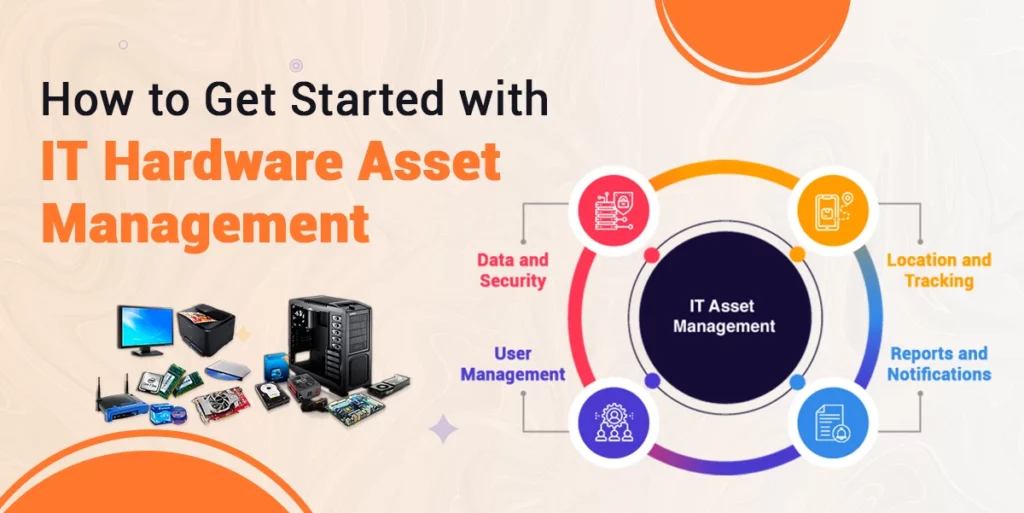
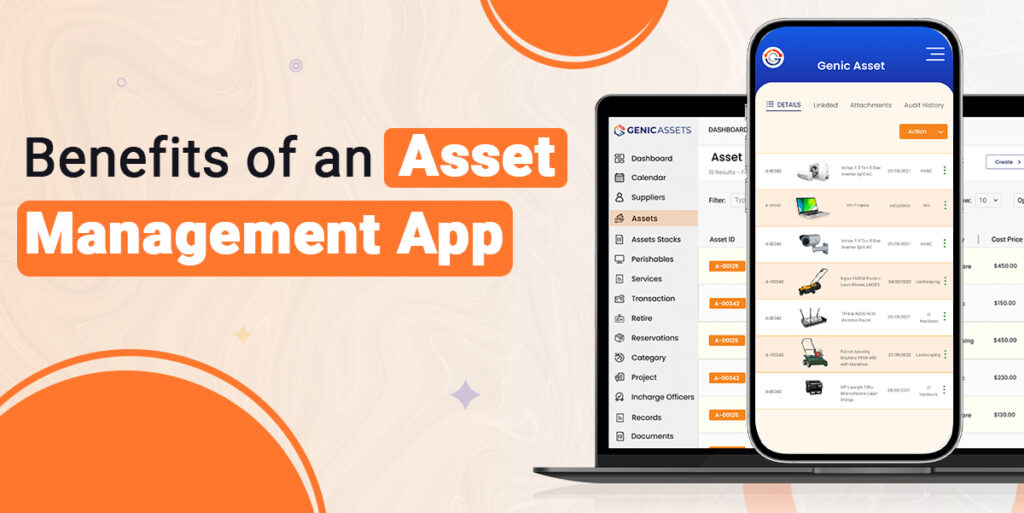


Genic Assets provide complete visibility, traceability, and accountability of your assets!
Get Started